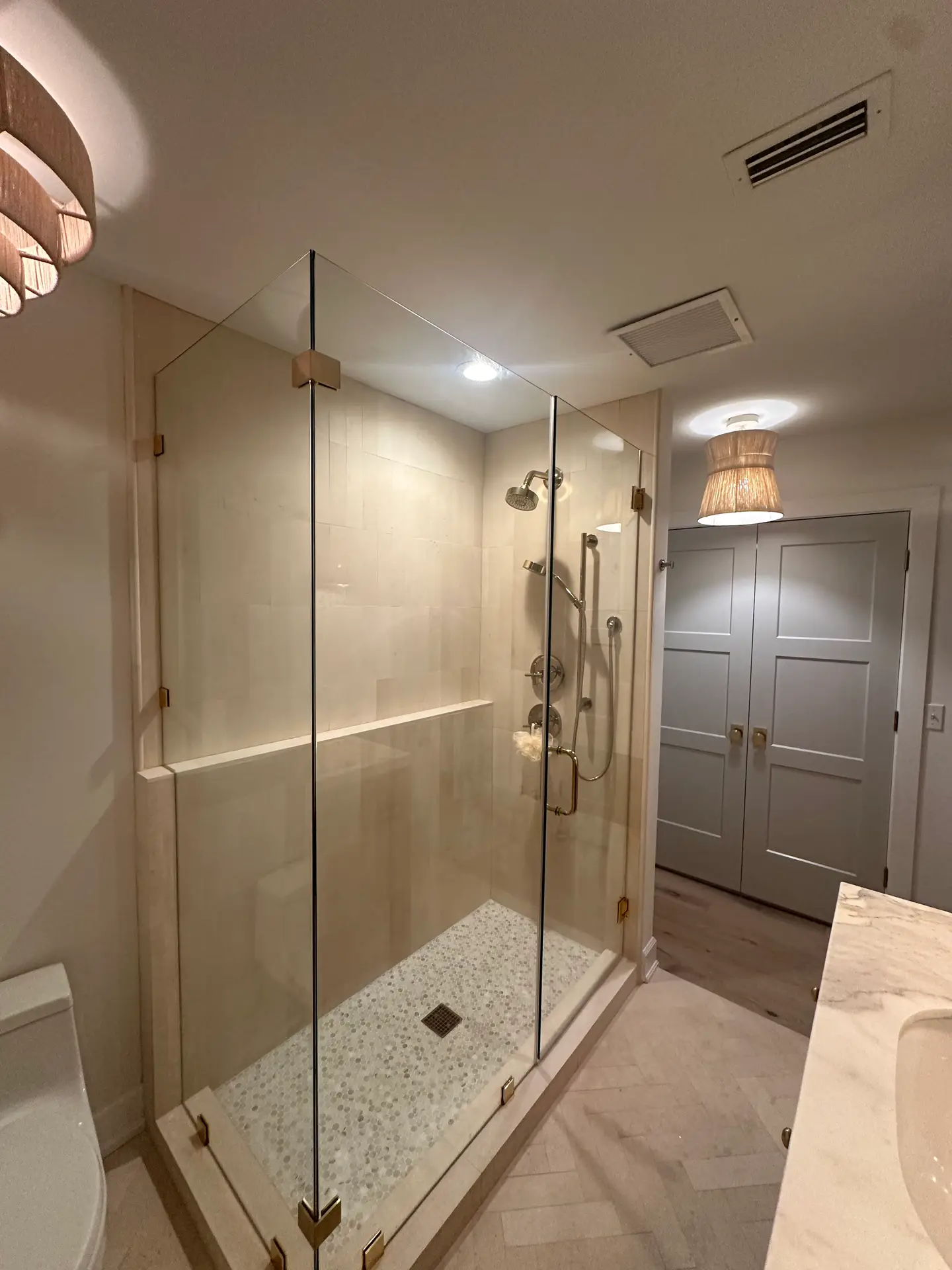Importance of remodel design
Remodel design is crucial for enhancing your home’s value and appeal. It can significantly increase the market price of your property and make it more attractive to potential buyers. A well-planned remodel design can also improve the functionality and aesthetics of your living space, making it more enjoyable for you and your family. Key benefits of remodel design include:
- Increasing the overall value of your home
- Enhancing the visual appeal and aesthetic charm
- Improving the functionality and usability of the space
By investing in a thoughtful remodel design, you can transform your home into a more desirable and valuable property.

Enhancing interior spaces
To enhance the interior spaces of your home, consider remodeling designs that can significantly increase its value and appeal. You can achieve this by incorporating modern and updated elements that reflect current design trends. Whether it’s a revamped kitchen, a contemporary bathroom, or a stylish living room, the right design choices can make a noticeable impact on your home’s overall attractiveness and market value. By choosing the right materials, color palettes, and layouts, you can create a more functional and aesthetically pleasing living space. Consider these essential design elements when enhancing your home’s interiors:
- Functional and efficient use of space
- Proper lighting to create ambiance and warmth
- Thoughtful incorporation of modern design trends
- Selection of durable and high-quality materials
- Harmonious color schemes and textures
- Incorporating these elements effectively can transform your home’s interior spaces and add significant value to your property.
Boosting curb appeal with remodel design
Remodeling your home’s exterior can significantly enhance its curb appeal and overall value. According to the National Association of Realtors, projects like replacing the front door, updating siding, and adding a fresh coat of paint can greatly boost the appeal of your home, making it more attractive to potential buyers. Additionally, a well-designed outdoor living space, such as a patio or deck, can create a welcoming and enjoyable atmosphere for both residents and visitors. By investing in these exterior remodeling projects, you can potentially increase the resale value of your home while also creating a more inviting and visually appealing environment.
Upgrading functionality and efficiency
Upgrading your home’s design can not only improve its look but also its functionality and efficiency. By updating the layout and features of your home, you can create a more practical and convenient living space, making daily tasks easier and more enjoyable. Additionally, enhancing the efficiency of your home can lead to cost savings on energy bills and maintenance expenses. Whether it’s reconfiguring the kitchen for better flow or adding smart technology for improved energy management, upgrading your home’s functionality and efficiency can significantly increase its overall value and appeal.
Choosing the right remodel design for your home
When choosing a remodel design for your home, it’s important to consider factors that can enhance your home’s value and appeal. Here are a few tips to help guide your decision:
- Consider the overall aesthetic and style of your home, and choose a remodel design that complements it.
- Take into account the functionality and practicality of the design, ensuring that it meets your family’s needs and lifestyle.
- Research popular home design trends and consider incorporating elements that are timeless and have broad appeal to potential buyers.
- Consult with a professional designer or contractor to get expert advice on which remodel design would work best for your specific home and budget.
Factors to consider in remodel design
When planning a remodel design for your home, it’s important to consider several factors to ensure the best value and appeal. Here are some key points to keep in mind:
- Functionality: Think about how the redesigned space will be used and whether it meets the needs of your household.
- Aesthetics: Consider the visual appeal of the design, including colors, materials, and overall style that aligns with your home’s architecture.
- Energy Efficiency: Look for opportunities to incorporate energy-efficient features and sustainable materials to increase your home’s value.
- Budget: Determine a realistic budget for your remodel, considering the costs of materials, labor, and any unexpected expenses that may arise.
- Permits and Regulations: Be aware of local building codes, permits, and regulations to ensure your remodel design complies with legal requirements.
- Professional Help: Depending on the complexity of the project, consider consulting with a professional designer or architect to help with the remodel design process.
Remodel design process
The remodel design process involves several stages. First, you’ll need to evaluate your current space and identify areas that need improvement. Next, you’ll work with a designer to come up with a plan that meets your needs and enhances the functionality and appeal of your home. Afterward, the remodeling team will begin the construction phase, which may involve demolishing existing structures, building new ones, and installing fixtures and finishes. Lastly, the project will be completed, and you’ll get to enjoy your newly remodeled space.
Working with a professional remodel designer
When working with a professional remodel designer, you gain access to expertise that can help you achieve the best results for your home. A designer can provide valuable insights and recommendations on how to enhance your home’s value and appeal through strategic renovations and design choices. They can also help you navigate the remodeling process, ensuring that your vision comes to life in a practical and aesthetically pleasing manner. By collaborating with a professional remodel designer, you can benefit from their knowledge and experience to create a more valuable and appealing living space.
Budgeting for a remodel design project
When budgeting for a remodel design project, it’s important to consider various factors to ensure a successful and cost-effective renovation. Here are some key points to keep in mind:
- Scope of the Project: Clearly define the scope of your remodel design project to understand the extent of work required. Determine which areas of your home you want to remodel and whether it includes structural changes, cosmetic updates, or both.
- Cost Estimation: Research and obtain quotes from multiple contractors to understand the average cost of similar remodel design projects in your area. This will help you set a realistic budget and avoid unexpected expenses.
- Material Costs: Consider the cost of materials such as tiles, fixtures, paint, and appliances. Understanding the material costs will give you a better idea of where your budget should be allocated.
- Labor Expenses: Factor in the cost of labor, including the fees for contractors, electricians, plumbers, and other professionals involved in the remodel design project.
- Contingency Funds: It’s advisable to set aside a contingency fund of around 10-20% of your total budget to cover unforeseen expenses or changes in the project scope.
By carefully planning and budgeting for your remodel design project, you can achieve your desired results while staying within your financial limits.
Summary and final thoughts
Remodel design can significantly increase the value and appeal of your home. By updating and modernizing the design of your living spaces, you can make your home more attractive to potential buyers and enhance your own enjoyment of the space. Whether it’s updating the kitchen, remodeling the bathroom, or creating an open floor plan, a well-designed remodel can transform your home and elevate its overall aesthetic. It’s important to carefully consider your design choices and invest in high-quality materials and craftsmanship to ensure a successful and impactful remodel.


